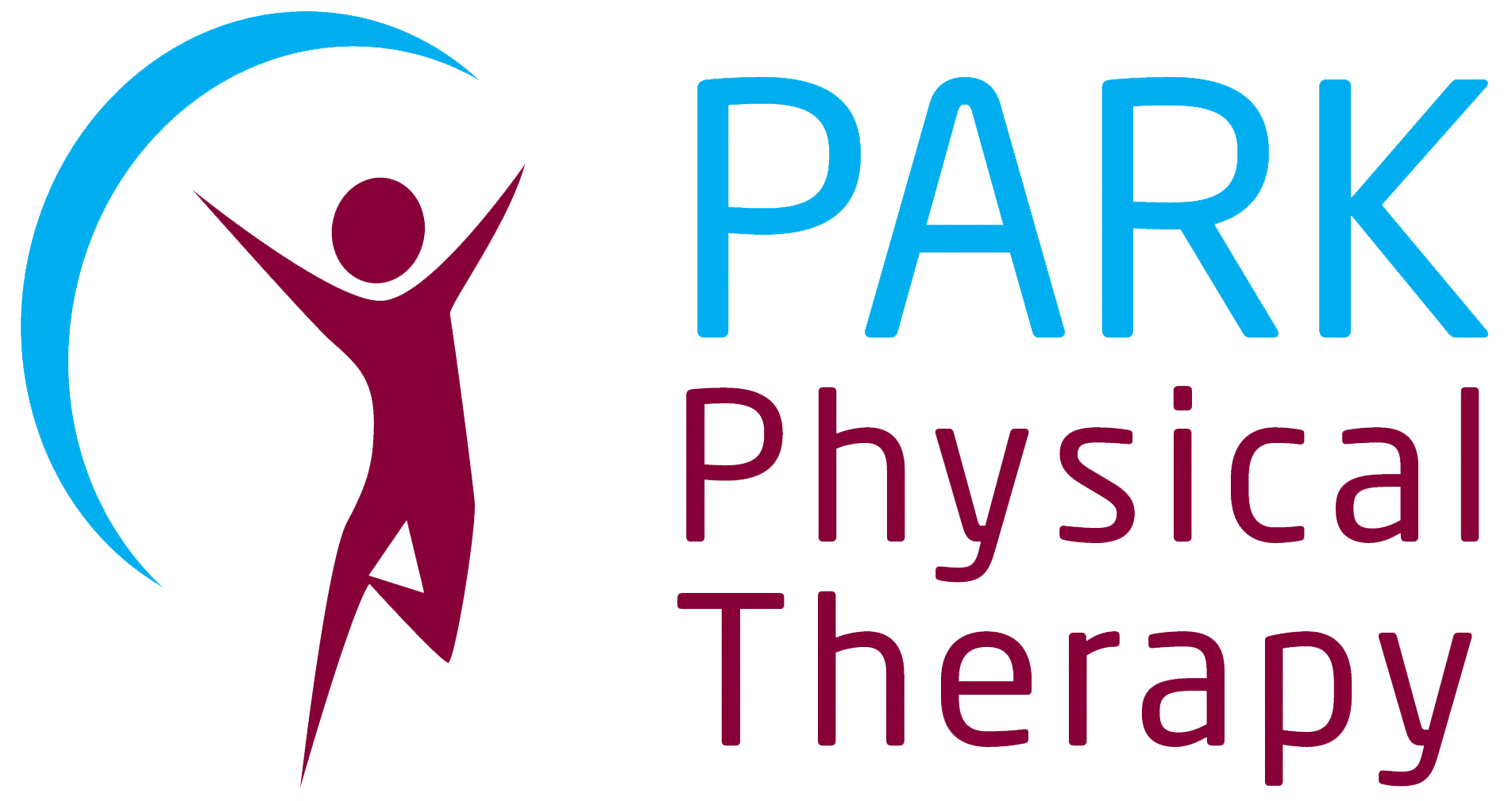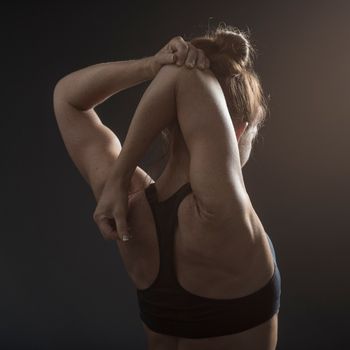Recovering from a Dislocated Shoulder
Even though most separated shoulders occur during sporting events, you don’t have to be an athlete to sustain this type of injury. Anyone can dislocate his or her shoulder during a traumatic event such as a car accident so it is important to learn about the recovery process. Physical therapists understand the complexity of the shoulder and can help people make full recoveries from this injury.
When people separate their shoulders they cause damage to one of the four joints in the shoulder complex. The acromioclavicular, or AC joint, provides the link between the scapula and the clavicle. When someone dislocates his or her shoulder, this linkage is damaged and normal movements are disrupted. A separated shoulder can cause severe pain whenever the patient tries to move his or her shoulder, head and neck.
Separated shoulders can vary in severity and the extent with which the AC joint was damaged can determine the treatment options. This type of injury can range from a grade one (the least severe) to a grade three (the most severe). The most common treatments recommended by doctors for people suffering from either a grade one or two separated shoulder include rest, ice and modification of activity. This recovery process can also include physical therapy to help regain strength and improve range of motion. People who suffer from a grade one injury can often recover quickly and get back to their daily routines.
Grade two and three separated shoulders take longer to heal and require more extensive treatment. While rest, ice and modification of activities remain the main treatment method for people with a grade two injury, the use of a supportive aid is often required when people return to normal activities. People who suffer a grade three injury have torn their ligaments and will require surgery to regain full function.



